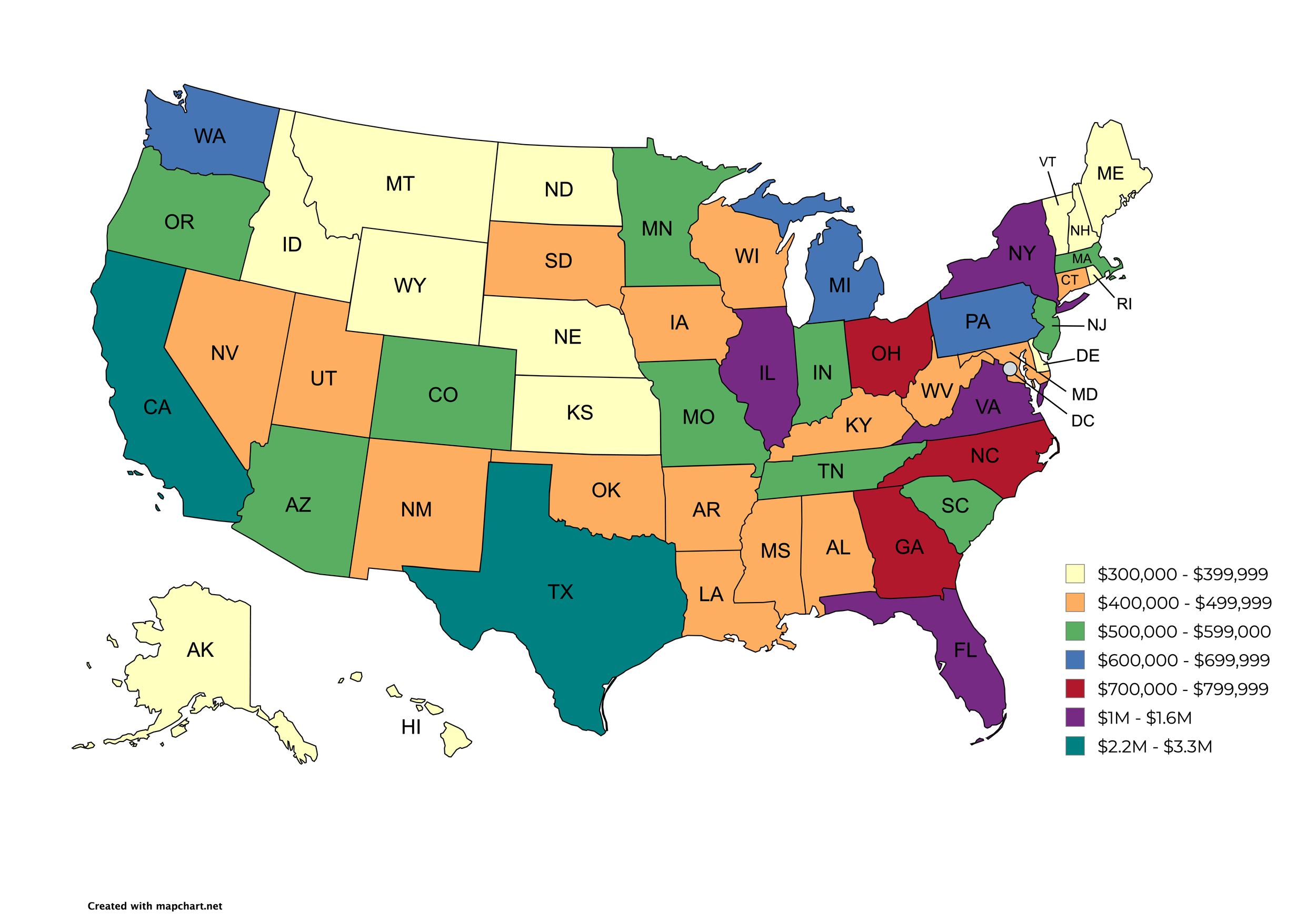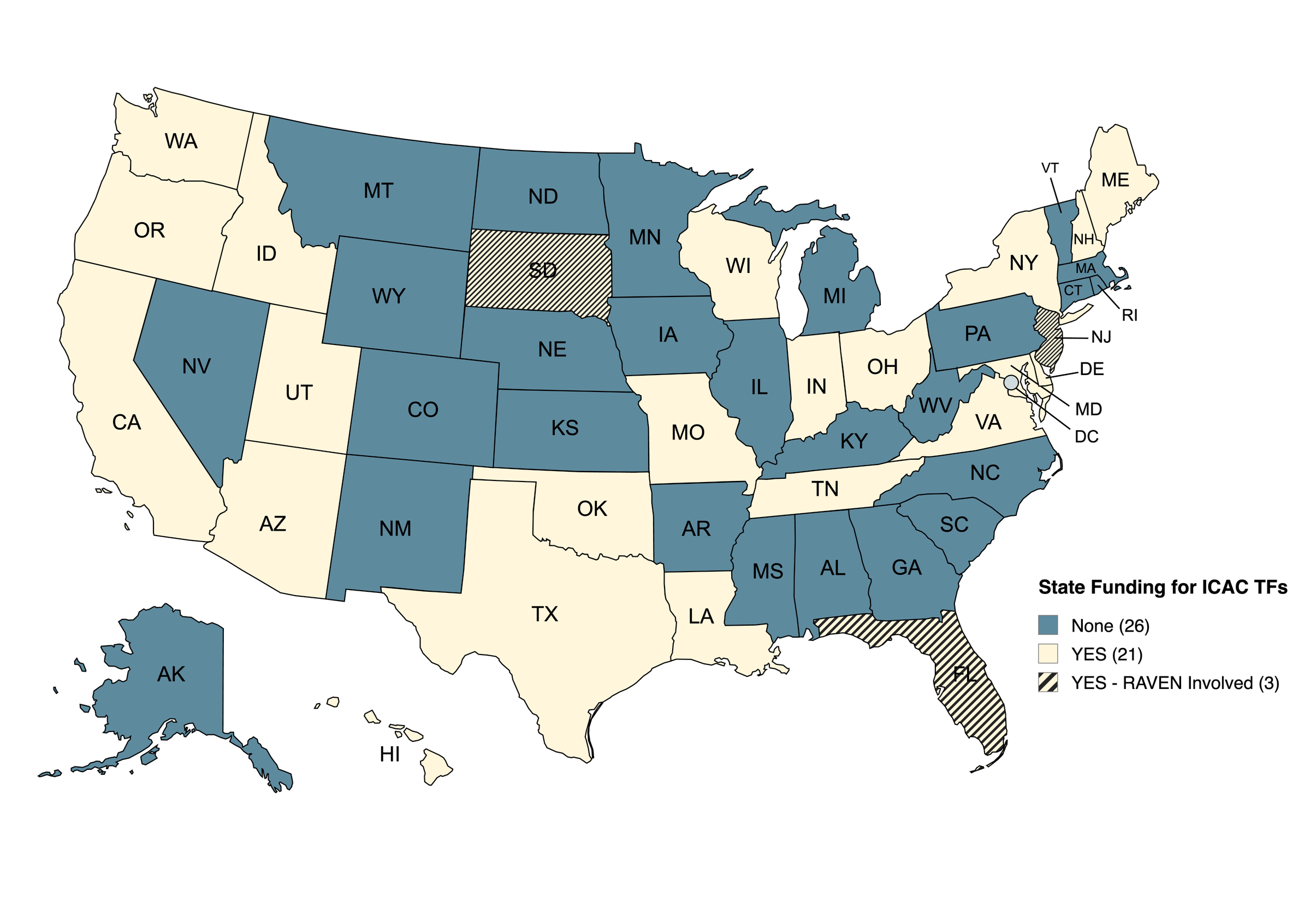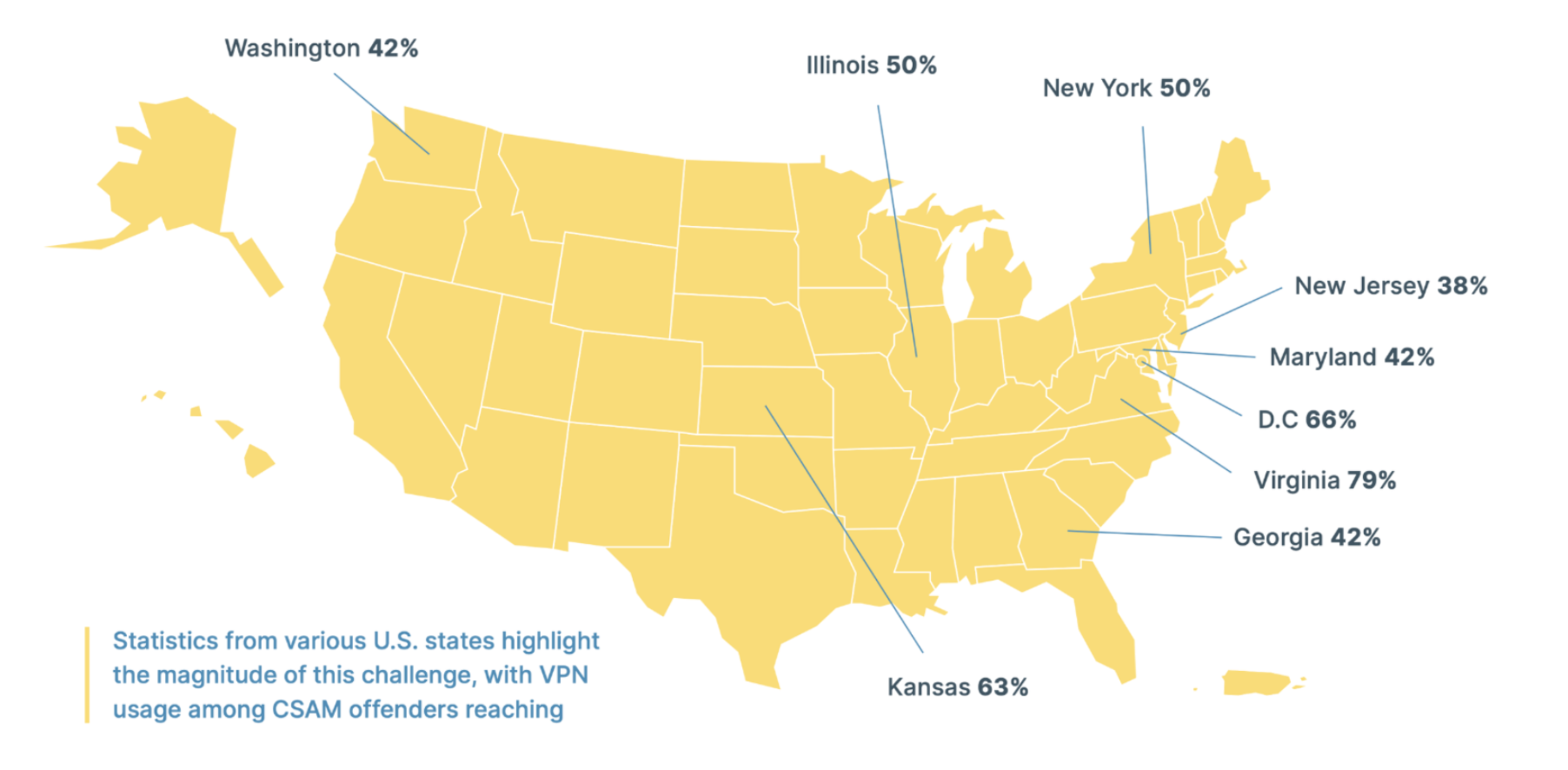
Authorities receive over 60,000 CyberTip reports involving child sexual abuse material daily (CSAM)
How Do We Stop This?
In just 10 years, reports of online child abuse have skyrocketed by 1,764% across the globe.
Across the the United States in 2024, this resulted in 203,000+ investigations.
Evolving Technological Threats
-
AI is accelerating harm.
The trend is clear: tools that make fake sexual images of children at scale are flooding systems and slowing the rescue of real kids. In 2024, there was a 1,325% year-over-year rise in AI generated images of children.
Yet, current legislation does not address this alarming trend — exposing the need for Raven’s ENFORCE ACT.
-
Sextortion is when a perpetrator coerces a child to share sexual images or videos, then threatens to release them unless the child sends more images, sexual acts, or money.
Multiple agencies have reported sharp increases in sextortion cases, with one report showing a 149% increase between 2022 and 2023. Demands can continue and escalate even after payment, creating a vicious loop that can feel inescapable.
These threats endanger the mental health of young children, teenagers, and young adults alike.
-
Legitimate privacy tools like VPNs are now common for consumers — up to 80% of CSAM offenders actively use tools to cloak their identities and locations.
Encryption and anonymization —without safety safeguards — impede detection and delay help for victims.
Criminals using VPN’s, proxies and anonymizing tools leaving only vague clues like a timestamp or horrific image. With this minimal data it is nearly impossible to track down abusers.
-
The internet is a top recruitment venue in trafficking cases handled by the U.S. National Human Trafficking Hotline.
In 2020, 41% of victim recruitment in active cases occurred online.
In 2024, sex-trafficking reports to the National Center for Missing & Exploited Children rose by 55%.
-
Predators are now paying to direct the sexual abuse of children in real time via livestream. Offenders can instruct abusers—sometimes a parent or trafficker—through encrypted platforms, while hidden behind VPNs or anonymous payment systems.
The U.S. connection: Although many livestreams originate abroad (e.g., the Philippines and other parts of Southeast Asia), U.S. demand fuels the market. The Department of Justice has documented hundreds of U.S. arrests tied to commissioning or consuming livestreamed abuse, and research shows that U.S. offenders are among the top consumers globally.
Barriers to Rescue
Financial sextortion, online enticement, and livestream trafficking continue to proliferate, often outpacing existing laws and overwhelming the frontlines.
The programs and technology needed to rescue children exist, but they are vastly under-resourced. This means they cannot afford the technology needed to expedite investigations or the staff necessary to work all of the cases on their desks.
Inefficient, outdated systems and funding mechanisms no longer meet the moment.
Online exploitation is not slowing down — it’s multiplying. NCMEC has gone from just over 1 million reports in 2014 to 20 million+ in 2024, with sharp increases in sextortion (up nearly 150% in one year) and emerging risks like AI-generated abuse and livestream trafficking. These crimes aren’t abstract — they mean real children are being coerced, filmed, and sold in real time.
Yet our systems aren’t keeping pace. ICAC task forces, the backbone of U.S. investigations, remain chronically underfunded even as their caseloads surge. At the same time, offenders exploit technology designed for privacy — VPNs, encryption, and anonymized payments — to hide their identities and evade justice. Every delay in detection or prosecution is time a child remains in harm’s way.
The toll is lasting: survivors often carry anxiety, depression, and PTSD well into adulthood. And because U.S. demand fuels global markets for child sexual abuse material — including livestreamed exploitation — this is not just an international problem. It is one rooted here at home.
That’s why systemic change matters. Solving this crisis requires more than piecemeal responses. It demands comprehensive legislation, sustained funding, and modernized policy that can keep pace with rapidly evolving technology. Only then can we close the gaps predators exploit and build a safer digital future for every child.





